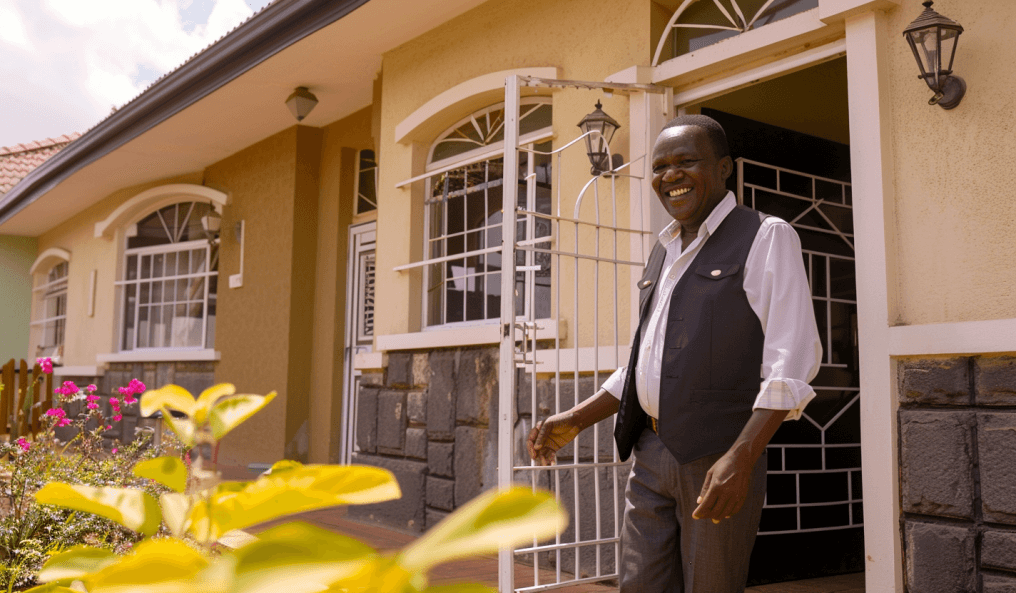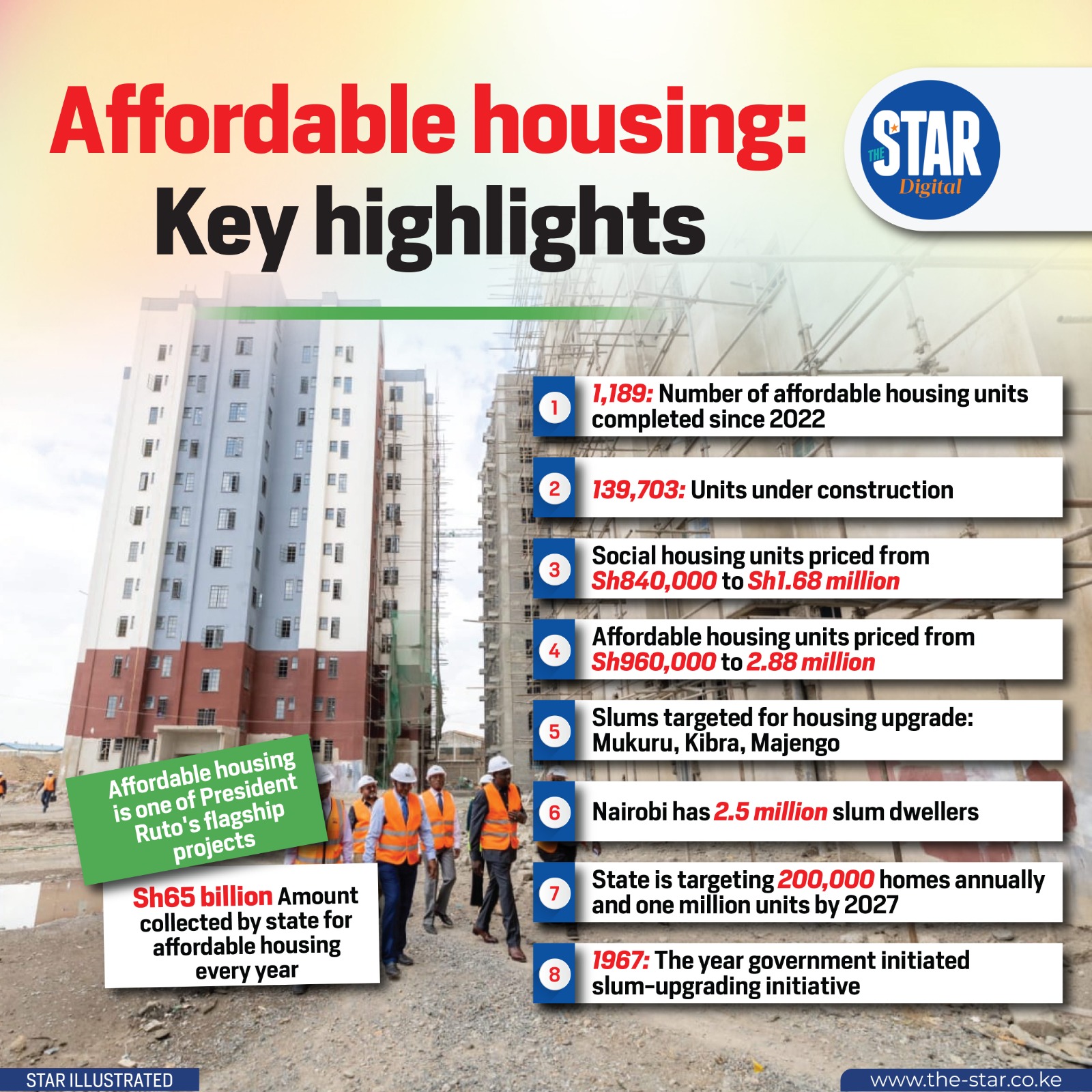Nairobi’s real estate landscape is undergoing a significant transformation in 2025. As Kenya’s capital city and economic nerve center, Nairobi continues to attract both local and international investors looking to capitalize on the city’s growth, modernization, and strategic location in East Africa.
1. Emerging Suburbs Take Center Stage
One of the most notable trends in Nairobi’s real estate market this year is the rapid growth of suburbs and satellite towns. Areas like Ruaka, Syokimau, Ruiru, Athi River, and Kitengela have become hotspots for real estate development due to improved infrastructure and affordable land.
The expansion of roads such as the Nairobi Expressway and upgrades to the Eastern and Northern Bypasses have made it easier to commute from these areas to the CBD, increasing their desirability among middle-income earners.
2. Mixed-Use Developments Continue to Rise
Mixed-use developments (MUDs) are on the rise in Nairobi, with investors increasingly embracing the concept of combining residential, commercial, and leisure spaces in one location. Projects like Two Rivers Mall, Garden City, and Tatu City serve as examples of this urban trend.
These developments offer convenience, security, and lifestyle appeal, making them particularly attractive to professionals and upper-middle-class residents. Expect more of these in Westlands, Kilimani, and Karen as developers look to replicate their success.
3. Affordable Housing Still a Key Priority
Affordable housing remains a central agenda in the government’s Big Four development plan. As of 2025, public-private partnerships (PPPs) have led to new projects targeting low and middle-income Kenyans in areas like Starehe, Ngara, and Mavoko.
The Boma Yangu portal continues to register thousands of Kenyans seeking subsidized homes. This trend presents a ripe opportunity for developers and financiers to collaborate on sustainable, scalable projects that serve the mass market.
4. The Rental Market is Stabilizing
After years of volatility, Nairobi’s rental market is stabilizing. Demand is increasing for both residential and commercial spaces, particularly in secure gated communities and near transport corridors.
One-bedroom and studio apartments remain popular with young professionals and students, while families are favoring three-bedroom units in secure estates. This diversification offers room for investors to target specific market segments.
5. Green Buildings and Sustainability
Environmental consciousness is shaping real estate development in Nairobi. More developers are incorporating green building practices such as solar energy, rainwater harvesting, natural ventilation, and energy-efficient materials.
This aligns with global ESG (Environmental, Social, and Governance) investment trends and appeals to eco-conscious buyers. Certification programs like EDGE (Excellence in Design for Greater Efficiencies) are also gaining traction.
6. Increased Demand for Student Housing
Student housing is a booming niche in Nairobi, especially near major universities like the University of Nairobi, Kenyatta University, Strathmore, and USIU. Developers are creating purpose-built student accommodation (PBSA) with amenities such as high-speed internet, study rooms, and common kitchens.
Investors are tapping into this growing demand with rental yields of up to 10% per annum, particularly in areas like Rongai, Juja, and Kasarani.
7. Digital Platforms Power Real Estate Sales
Digital transformation is making a significant impact. Real estate platforms like BuyRentKenya, Jiji, and online portals are driving property discovery and transactions. Virtual tours, drone photography, and AI-powered search tools are becoming common features in property marketing.
Real estate agents and developers who embrace digital strategies are likely to see improved conversion rates and wider market reach.
8. Diaspora Investors Re-Engage the Market
Kenyans in the diaspora are re-entering the market strongly in 2025, with remittances at record highs. Developers are launching marketing campaigns targeting diaspora communities in the US, UK, and Gulf countries, offering incentives such as flexible payment plans and secure title deed processing.
This injection of foreign capital is helping to fund both luxury and affordable housing projects, especially in Nairobi and its outskirts.
9. Land Prices Plateau in Prime Zones
Land prices in prime locations like Karen, Runda, Lavington, and Kilimani have plateaued, signaling market maturity. This opens the door for land banking in second-tier locations where appreciation potential remains high.
Buyers and investors are eyeing areas like Joska, Kangundo Road, and Isinya for strategic land purchases backed by upcoming infrastructure projects.
10. Proptech Startups Revolutionize Real Estate
Finally, Proptech startups in Kenya are transforming how property is managed, sold, and rented. Platforms offering digital rent collection, property analytics, and virtual management tools are gaining traction among landlords and property managers.
This trend enhances efficiency and transparency and is reshaping traditional real estate models.
Conclusion
Nairobi’s real estate market in 2025 is full of opportunities and strategic openings for savvy investors. With trends pointing toward digital innovation, suburban expansion, and sustainable housing, it's an exciting time to invest in the Kenyan property market.
Whether you’re targeting high-end buyers, middle-income families, students, or the diaspora, staying informed and aligned with market trends is key to success in Nairobi’s ever-evolving real estate ecosystem.




